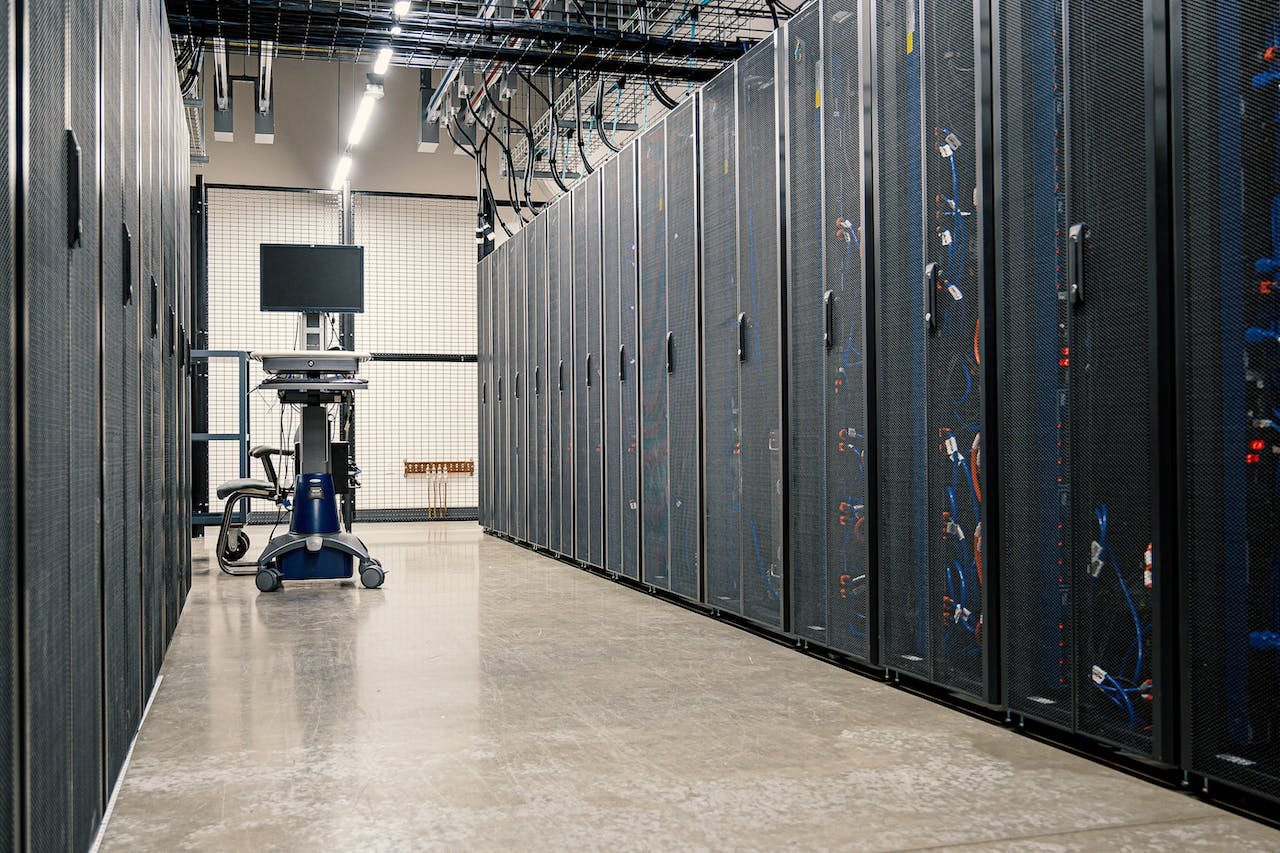Today, the physical data centers that store a company’s most vital assets are often on the frontlines in the battle against hackers and criminals.
In a new piece for Data Center Knowledge, Sam Prudhomme, President of Accelevation’s Data Center business unit, writes that these facilities are increasingly targets as investments in AI and cloud computing become the norm for most companies.
“The value of information housed in data centers opens the pathway to potential damage caused by an unplanned outage,” Prudhomme writes.
A growing threat
It’s important to note these specific breaches were once rare.
There were only five incidents of theft or sabotage at data centers in the decade between 2006 and 2016. Prudhomme explains that the first half of this year, alone, there were more than 70 “significant data breaches,” citing reporting from IT Governance.
“There is a tendency for data center physical security to focus on the first few lines of defense — perimeter security and controlling admission to the site,” Prudhomme writes. “While these measures are essential, they do not preclude the need for attention and investment into security the data center white space and the hardware it contains.”
External and Internal Bad Actors
The focus is often on external threats — of individuals coming from the outside and causing physical breach.
Prudhomme offers the troubling reminder that oftentimes “the greatest and most under appreciated risk” to these centers is the “intentional human sabotage by an actor with insider access.”
With these disturbing realities in mind, he writes that not having the proper defenses in place to proactively protect a data center from external and internal attackers leaves the center — and the greater company as a whole — at great risk.
This bears reputational risk as well.
“Once access to the hardware in a data center’s white space is obtained, the capacity to do immense damage is great, both to the company whose digital assets have been tampered with, as well as the data center owner’s reputation,” Prudhomme asserts.
A multi-pronged approach
One thing that must happen is an audit of the existing physical security protocols for a data center. Physical security officials can’t just assume a building’s systems are “threat proof.”
A multi-pronged approach has to be applied. This means locked gates, security personnel that are well trained and armed, and facial recognition tech — or other forms of biometric security clearance programs.
An AI-Focused Future
Looking ahead, AI is going to be the word on everyone’s lips.
“The current investment in artificial intelligence is massive and widespread. Generative AI, specifically, has the potential to be the most economically and socially impactful technology of the decade,” Prudhomme explains. “There has been a great deal of data center capacity leased in the last three months to host generative AI workloads, and many of the key players in the space are gearing up for the next phase of the AI arms race.”
Shoring up a physical data center to be shielded from the wide range of threats that exist isn’t easy.
This requires great foresight on the parts of both security professionals and company executives. It means taking into account the great complexities of how hackers and physical attackers carry out their crimes in the modern world.
It’s incumbent on all stakeholders in protecting a company’s data to be wary and aware of all possible threats that target data centers today.
